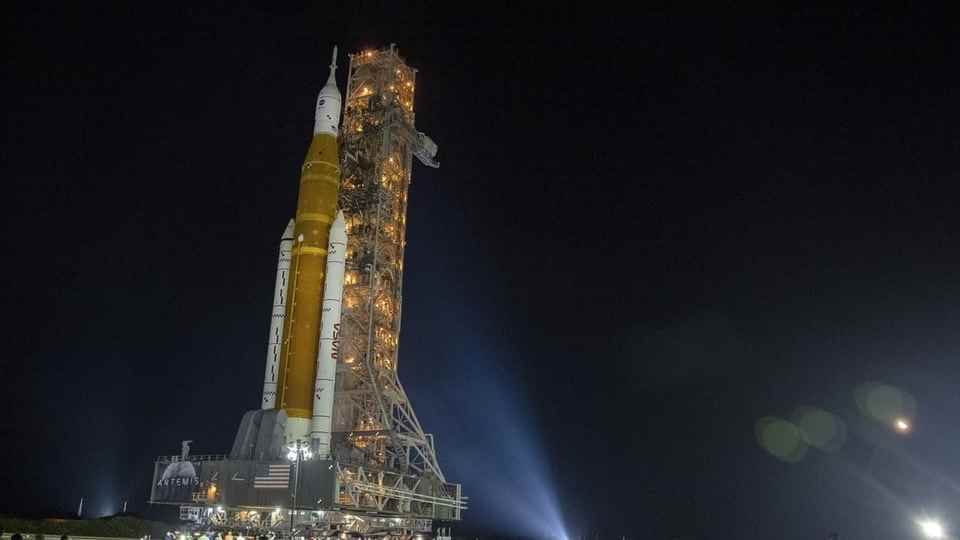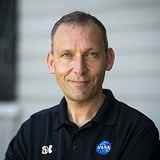Today, NASA is testing its specially developed SLS moon rocket, with which it wants to take astronauts to the moon again. Thomas Zurbuchen, Science Director at NASA, on the goals of the Artemis mission and very personal moments.
SRF knowledge: After 50 years, NASA is heading for the moon again. Why now?
Thomas Zurbuchen: For the first time in 50 years, the entire international community, both parties in the USA, are on the same level. Now it’s time to get out of the earth environment and go back to the moon with astronauts. But not to stay there, but because we want to move on – to Mars.
Then the moon becomes a way station?
Exactly. Just as we have our research stations in Antarctica, we will also stay on the moon. In the next 20 years we want to go to Mars. And then even deeper into space.
There was a kind of dress rehearsal. How did it end?
We needed two tries. It’s like a theatre: first the dress rehearsal, where things go wrong. Then there is a second main rehearsal. We wanted to put all the fuel in the rocket. But this rocket is so much bigger than rockets we’ve had before that not everything worked.
The heart beats faster when you stand in front of this rocket.
We didn’t just have one problem though, we had 34. So we patched everything up and tried again. The second time with great success. I’m so happy that we’re finally ready to start. The SLS rocket is incredibly powerful. The heart beats faster when you stand in front of her.

Legend:
For the Artemis mission, NASA developed its own moon rocket called the “Space Launch System”. It is the most powerful rocket in the world. At its head it carries the spaceship «Orion».
Keystone / CRISTOBAL HERRERA-ULASHKEVICH
So hasn’t it gotten easier to fly to the moon over the last few decades?
There’s a rule about rockets: there’s only one way to succeed, but thousands to fail. Launching a rocket for the first time is incredibly difficult.
Does it make things even more difficult when you know that people are also flying into space?
It gets more complicated. Everything has to be redundant. We have to have systems that ensure that the astronauts get out of the rocket if something happens during the ascent, for example an explosion. They must be able to land in the water without anything happening. This is much more difficult than with a satellite.
Today there is the possibility of robots, of probes. Do we need manned missions?
An interesting question. We also have drones, robots and other technologies on Earth. But despite this, geologists still go into the field; we go into the mountains and chisel because there is no one better than the people to make decisions in a place that you don’t know yet. But unlike the Apollo mission, we’re bringing humans and robots together, we need both.
What does the launch of the Artemis mission mean for NASA?
It’s one of the big milestones. The end point of a development that, to be honest, has taken too long. There were many difficulties and we learned a lot. But at the same time it is also a beginning, because we finally have the opportunity to leave the earth and go to the moon. This will open a new phase of research.
The whole world will have their eyes on this mission. How big is the pressure, also for you?
The pressure is very high. Although NASA’s motto is “failure is not an option,” we know it can be done. I know that all the people working on the mission are doing their best. So the question is not whether there is a risk, but whether we have done everything to keep the risk as small as possible.
So if the Apollo mission is successful, it’s going to Mars. Will you still experience this?
So if I don’t experience it, it’s because something is happening in my life. I hope most of us will experience that.
Tobias Müller conducted the interview.
